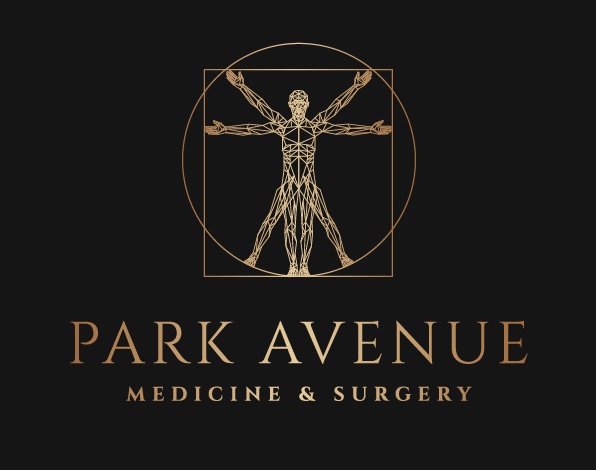PROTOCOLS IN THE U.S VS CHINA
U.S
Identifying High Risk Patients:
Epidemiological (Category 1)
Over 55 years old
Pre-existing pulmonary diseases
History of hypertension, cardiovascular disease, transplant, immunosuppression
Chronic kidney disease
HIV
Vital Signs (Category 2)
Respiratory rate over 24 beats per min
Heart rate over 125 beats per min
Suggested Treatments:
All patients in hospital
Prescription of statins continues (might help promote antiviral innate immune response)
Patients with no risk factors
Supportive care
Patients with risk factors
Supportive care
Frequent and close monitoring
Possible application of remdesivir (RMV), a novel antiviral drug
Patients with moderate/severe disease
Application of RMV
Consider hydroxychloroquine
CHINA
Fever Clinic Setup:
Independent fever clinic
Movement of people in 3 zones: contaminated zone, a potentially contaminated zone and a clean zone
a pre-examination area for preliminary screening of patients
Protective Equipment:
Level 1: surgical cap (disposable), surgical mask (disposable), uniform, latex gloves (disposable)
Level 2: surgical cap (disposable), N95 surgical mask, uniform, disposable medical uniform, latex gloves (disposable), goggles
Level 3: surgical cap (disposable), N95 surgical mask, uniform, disposable medical uniform, latex gloves (disposable), full face protective gear
Diagnosis Techniques:
Detection of SARS-CoV-2 nucleic acid
Virus isolation and culture
Detection of serum antibody
Thoracic imaging
Patient Classifications:
Mild Cases: no symptoms, no signs of pneumonia
Moderate Cases: fever and pneumonia symptoms, sign of pneumonia on imaging
Severe cases: respiratory rate (equal or more than 30 breaths per min), oxygen saturation (equal or less than 93%)
Critical cases: respiratory failure, shock, organ failure
Treatment:
Antiviral treatment:
Basic: lopinavir/ritonavir with arbidol
If basic is not effective: chloroquine phosphate
Antishock/anti hypoxemia treatment:
Glucocorticoids if necessary
Artificial liver treatment (suppression of cytokine cascade)
Oxygen therapy for hypoxemia
